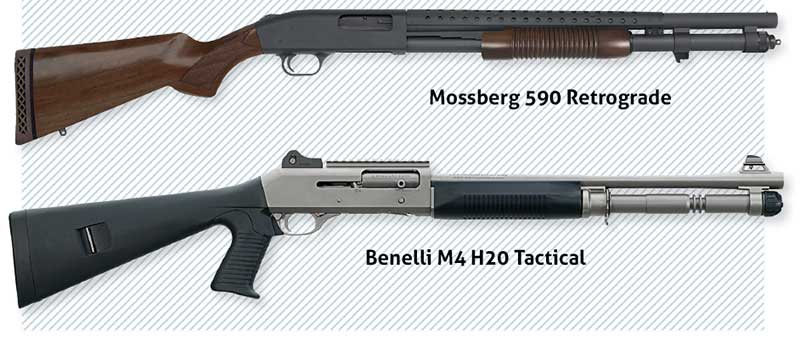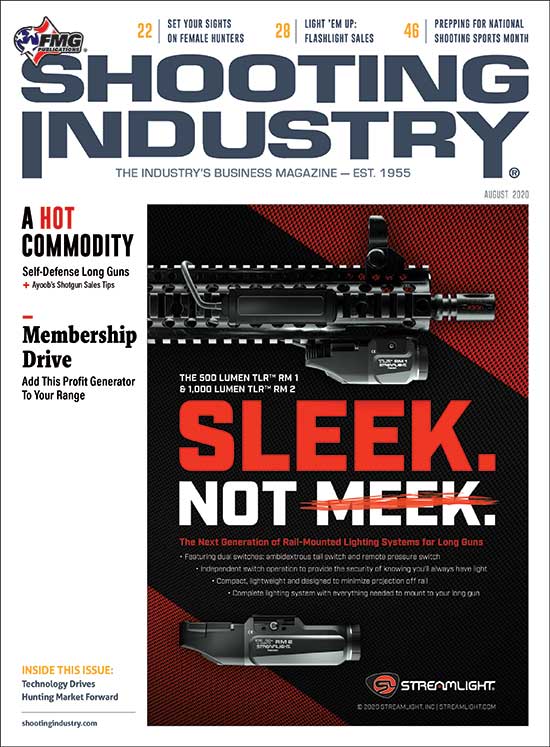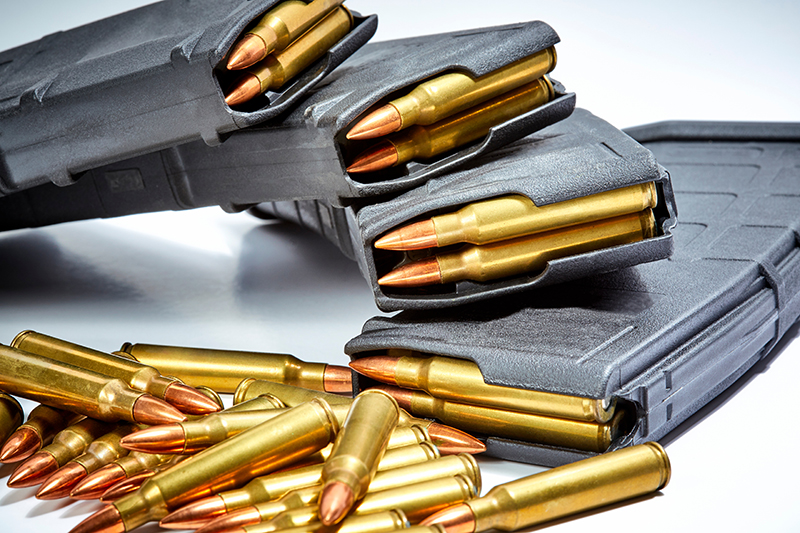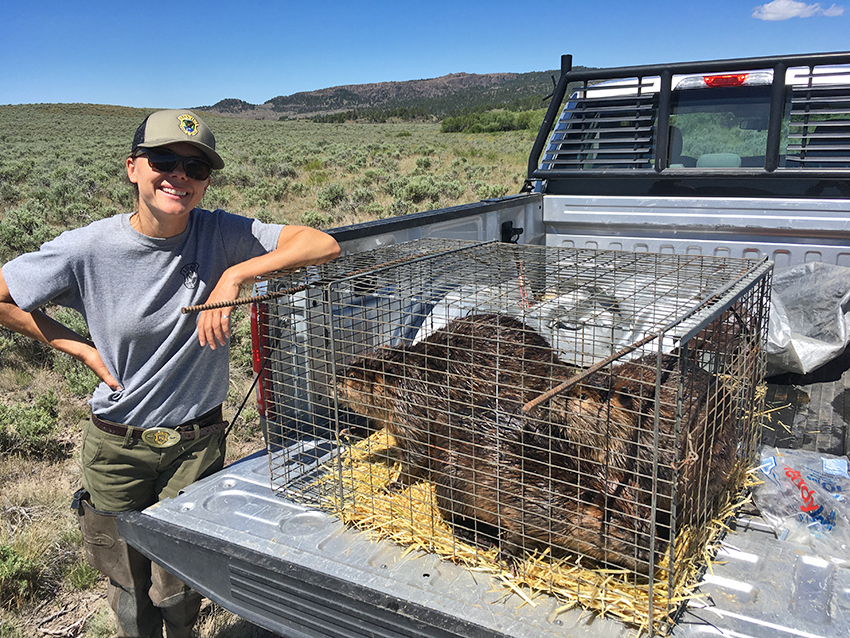Reducing Recoil
A gas-operated autoloading shotgun kicks less than a pump gun with a fixed breech, or most other types of autoloaders. It also fires its next shot with a simple pull of the trigger. This is important because not every home defender responsible enough to use it has built the repetitions that make pumping another shell in manually something they do by reflex.
In speed shoots with our students, we’ve found when the job is five hits on a target from seven yards, the winning time with the pump shotgun will be under two seconds — but the winning time with an auto shotgun will be under one second when shooters apply the same advanced recoil control/speed shooting methods. In a situation when an upper limb is out of action, the auto can be repeatedly fired (effectively) at close range with one hand.
Pump shotguns require less frequent maintenance, cost less and need no adjustment for the abundant variety of loads making them so versatile. They kick harder, though, and require the defensive shooter to learn to pump reflexively.
I’ve come across cases where the home defender won the battle with a double-barrel shotgun or even a single-shot, but those survivors were lucky. A single-shot has a short future against two armed opponents.
In a world where LAPD statistics once found 58% hits with pump shotguns in gunfights by some of the most highly trained cops in the world, a quick math test shows us the future of a double-barrel shotgun against a trio of deadly home invaders. Please, do your best to sell the customer a repeating shotgun.






